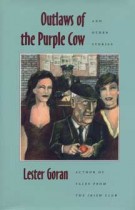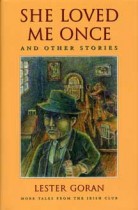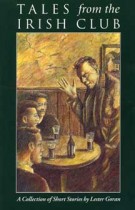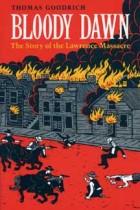The Business of Captivity
Michael P. Gray | Filed under: Audiobooks, Civil War Era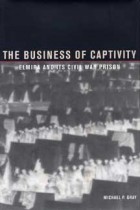
During its single year of existence, more money was expended on the Elmira prison than in any of the other Union Stockades. Even with this record spending, a more ignominious figure was attached to Elmira: of the more than 12,000 Confederates imprisoned there, nearly 3,000 die while in captivity – the highest rate among all the Northern prisons. The authors conclusions are based on new, little-known, or never used archival materials. In a similar vein, his description of the prison culture is especially illuminating.





